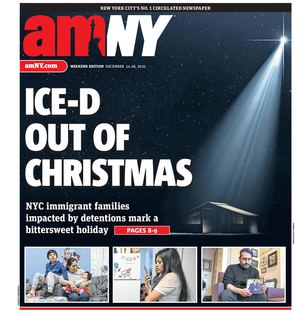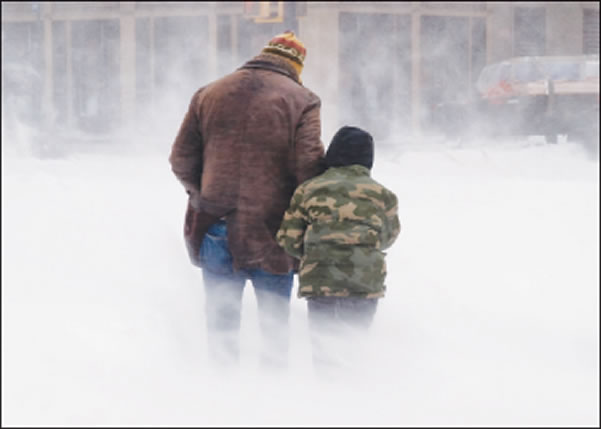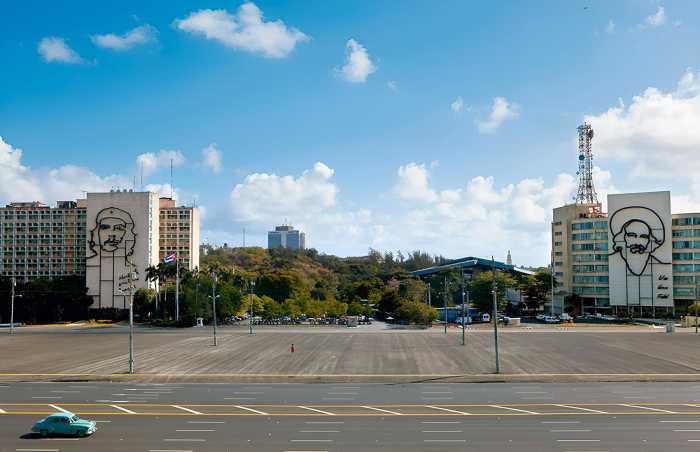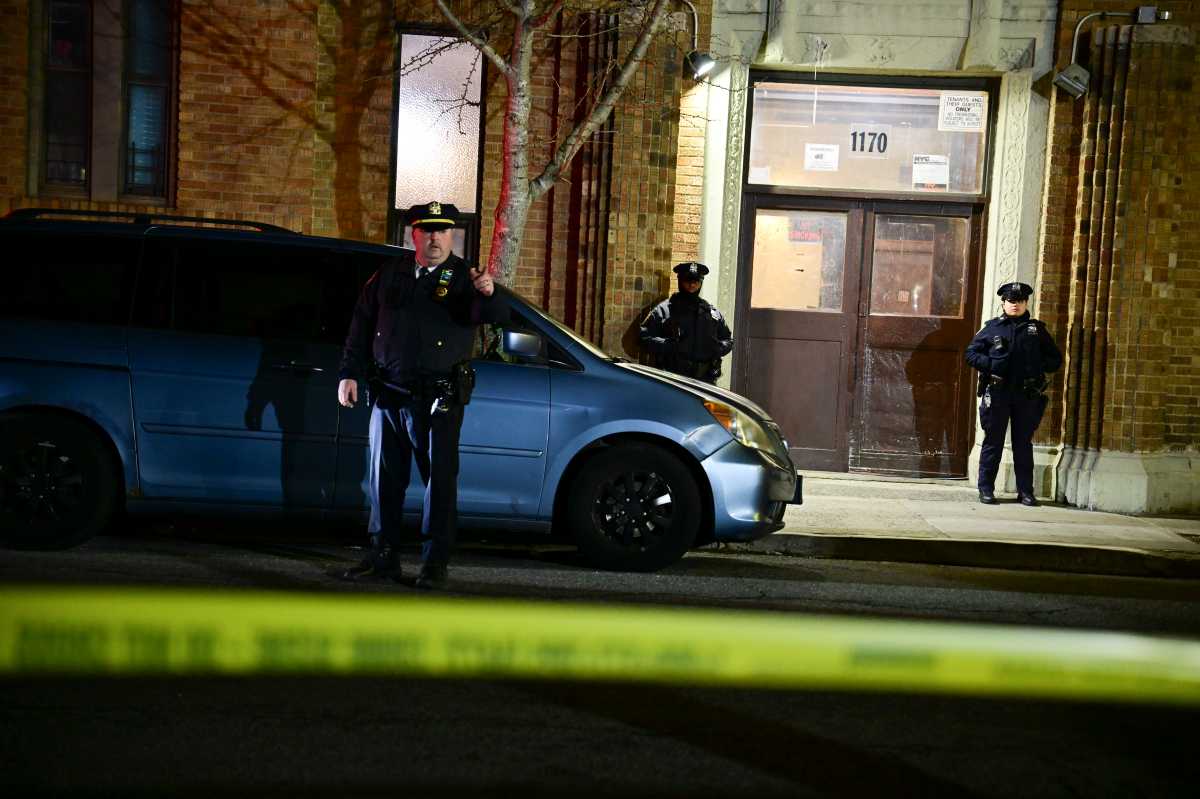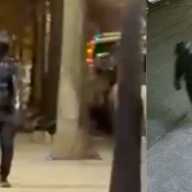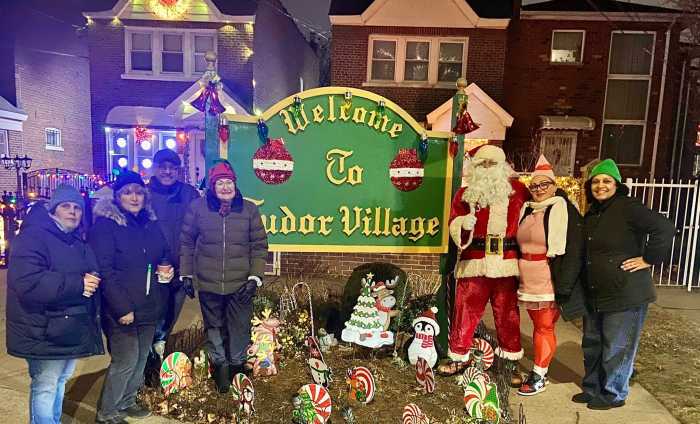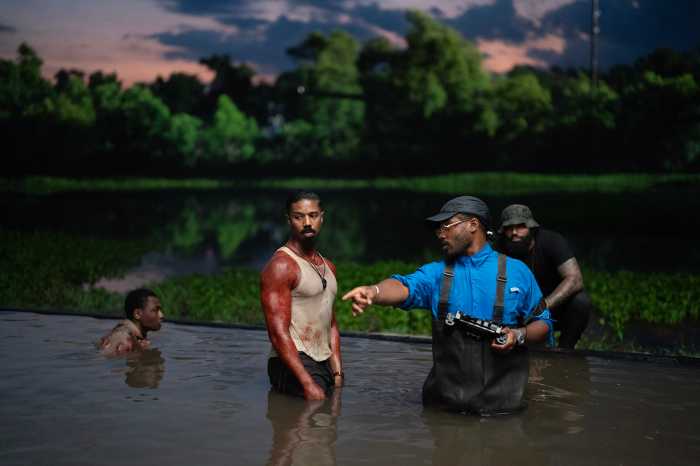BY Aline Reynolds
The blizzard of 2010 struck the city with full force on Sunday evening and Monday morning, forcing thousands of New Yorkers to stay at home or to abandon their cars on the streets.
Snow continued to fall until 9:30 a.m. Monday morning, and blizzard conditions lasted until 6 a.m. Tuesday.
The Downtown Alliance cleared more than 50 crosswalks, 35 bus stops and a dozen Lower Manhattan subway entrances of snow, according to Joe Timpone, senior vice president for operations.
Timpone assigned workers to hit the streets bright and early Monday morning, clearing crosswalks, sidewalks, plazas, and subway and bus stops of snow for the 300,000 workers, 55,000 residents and thousands of holiday tourists currently in Lower Manhattan.
The Downtown Alliance’s 20-man sanitation crew, clothed in red coats, used snow blowers, plows and shovels, and sprinkled more than 1,500 pounds of salt. The only streets that hadn’t been paved as of 1 p.m. Tuesday was Cedar Street between Broadway and Nassau Streets; Cedar between William and Pearl Streets; and Nassau Street between John Street and Maiden Lane.
On Monday afternoon, State Senator Daniel Squadron phoned in, reporting a quiet and snowy Monday, but said he enjoyed being amidst a winter wonderland. He said he made it to all his morning meetings held near his office in Tribeca.
Other New Yorkers enjoyed the day off, and had fun playing in the snow. Steps away from Ground Zero, Downtown resident Malachy Sherlock took his four-and-a-half-year-old son, Kiefer, sledding on Monday afternoon. They had just returned from Downtown Community Center, where they took a swim indoors.
But many New Yorkers have phoned Mayor Bloomberg’s office and other city agencies complaining about the city’s lousy clean-up efforts. As a result, the City Council has scheduled a blizzard response hearing for January 10 at 1 p.m.
The hearing, City Council Speaker Christine Quinn said, “acknowledges the reality… that something went wrong.” The emergency response, she said, was not up to standards New Yorkers are accustomed to. “We will conduct a constructive fact-finding effort with the goal of preventing it from happening again,” said Quinn.
Bloomberg said that it’s the biggest snow removal the city has ever had to undertake. Apart from plowing the snow, workers were forced to dig out and tow away more than 1,000 stranded vehicles and buses. “The bottom line is we are doing everything we possibly can, and pulling every resource from every possible place to meet the unique challenges that this storm is posing,” he said at a press conference held at the city’s Office of Emergency Management Headquarters in Brooklyn.
The mayor asked for New Yorkers’ patience and encouraged them to donate blood, if they are able, in order to help out with city’s low blood supply. He urged them to walk with care, since the snow re-freezes overnight and creates slippery conditions on the sidewalks.
Bloomberg also cautioned drivers to check their exhaust pipes for snow blockage. “If it is [blocked with snow],” he said, “your car can fill up with carbon monoxide, which is toxic and we just don’t need more deaths.”
